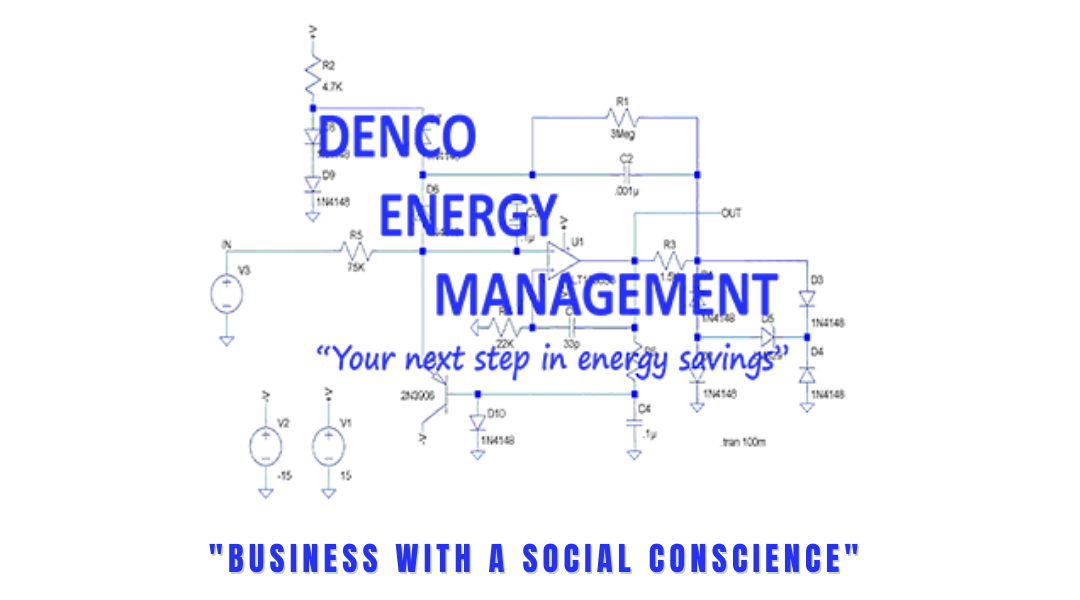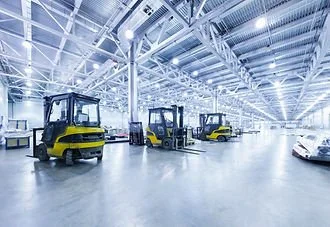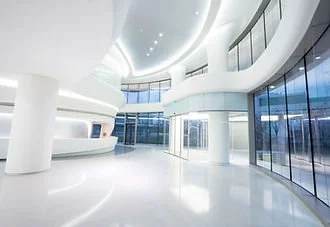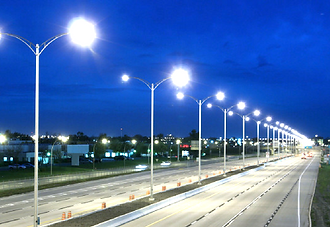
Built to Outshine and Outlast
At Denco, we strive to understand your needs, provide the best LED lighting solutions for your business, and save you time, money, and energy.
Our LED Lights are built specifically to withstand the rigors of commercial and industrial use and provide years of reliable and maintenance free performance. We believe in innovation and employ the newest technologies in our products and back our LED lights with an industry leading 10-year warranty that are UL and DLC certified.
Products
Industrial Lighting
Our line of industrial fixtures are designed for the high demand of industrial facilities. With available IP65 ratings to Hazloc Class I Div 2 ratings these fixtures are ideally suited for a wide range of industrial applications.
Commercial Interior Lighting
Our line of interior commercial lighting is versatile, high performance lighting suited to a wide variety of interior applications.
Commercial Exterior Lighting
All outdoor rated fixtures are designed and tested to work in the most demanding environments. With class leading performance these lights promise to fill your lighting needs with the best ROI and the highest quality lighting available.
Roadway Lighting
Our traffic and municipal lighting improves safety and security while reducing maintenance costs. Smart street lighting controls can notify you when a light is not working.
SERVICES
Denco offers a full range of services with an expertise in commercial and industrial lighting, and can also manage turnkey projects from the audit to the design to the installation.
Project services include:
Lighting Audits
Lighting Design
Fully Energy Analysis
Installation
Maintenance
Project Management
Rebate Application and Procurement
Financing and Leases

We offer quality LED Lighting with solutions that save time, energy & money!
LED ADVANTAGES
LED's have swept the conventional lighting marketplace for a variety of reasons, most notably their extended lifespans, reduced energy consumption and lower maintenance requirements. By 2030, the DOE estimates that LED lighting could save 190 terawatt hours of electricity per year, which equates to a whopping $15 billion.
As the purchase price of lamps and fixtures continues to fall, more and more facility managers are looking to upgrade their lighting systems with LEDs, given their many benefits compared to traditional technologies.
These are the major advantages for decision makers to consider:
1 | ENERGY EFFICIENCY
LED lights use about 50 percent less electricity than traditional incandescent, fluorescent and halogen options, resulting in substantial energy cost savings, especially for stores with lights that are on for extended periods. LEDs also aim light in a specific direction unlike conventional bulbs, which emit light—and heat—in all directions (because LEDs are mounted on a flat surface, they emit light hemispherically rather than spherically). This directional lighting capability reduces wasted light and energy.
2 | EXTENDED LIFE & LOW MAINTENANCE
Unlike incandescent lighting, LEDs don’t “burn out” or fail, they merely dim over time. Quality LEDs have an expected lifespan of 50,000–100,000 hours or even longer, depending on the quality of the lamp or fixture. A typical incandescent bulb lasts only about 1,000 hours; a comparable compact fluorescent lasts 8,000 to 10,000 hours. With a longer operational life, LEDs can reduce labor costs of replacing bulbs in commercial situations, achieving a lower maintenance lighting system.
3 | COLD TEMPERATURE OPERATION
LEDs love the cold unlike fluorescent lamps. At low temperatures, higher voltage is required to start fluorescent lamps, and luminous flux (the perceived power or intensity of light) is decreased. In contrast, LED performance increases as operating temperatures drop. This makes LEDs a natural fit for refrigerated display cases, freezers and cold storage spaces in addition to outdoor applications such as the parking lot, store perimeter and signage. DOE testing of an LED refrigerated case light measured 5 percent higher efficacy (the efficiency of a light source in lumensper-watt, like miles-per-gallon) at -5°C, compared to operation at 25°C.
4 | DURABILITY
Without filaments or glass enclosures, LEDs are breakage resistant and largely immune to vibrations and other impacts. Traditional lighting is usually contained in a glass or quartz exterior, which can be susceptible to damage. LEDs, on the other hand, tend not to use any glass, instead they are mounted on a circuit board and connected with soldered leads that can be vulnerable to direct impact, but no more so than mobile phones and similar small electronic devices.
5 | INSTANT ON
Most fluorescent and HID lamps do not provide full brightness the moment they’re switched on, with many requiring three minutes or more to reach maximum light output. LEDs come on at 100-percent brightness almost instantly however, and with no restrike delay. For retailers, this can be advantageous following a power outage or anytime employees open the store during early morning hours when it is still dark outside.
6 | RAPID CYCLING
Traditional light sources tend to have a shorter lifespan the more they’re switched on and off, whereas LEDs are unaffected by rapid cycling. In addition to flashing light displays, this capability makes LEDs well suited for use with occupancy or daylight sensors.
7 | CONTROLLABILTY
It can take more than a few dollars to make commercial fluorescent lighting systems dimmable, but LEDs, as semiconductor devices, are inherently compatible with controls. Some LEDs can even be dimmed to 10 percent of light output while most fluorescents only reach about 30 percent of full brightness. LEDs also offer continuous, opposed to step-level, dimming (where the shift from 100-to-10-percent light output is smooth and seamless, not tiered).
8 | NO IR OR UV EMISSIONS
Less than 10 percent of the power used by incandescent lamps is actually converted to visible light; the majority of the power is converted into infrared (IR) or radiated heat. Excessive heat and ultraviolet radiation (UV) presents a burn hazard to people and materials. LEDs emit virtually no IR or UV. Rapid advancements in LED lighting technologies, with more improvements on the horizon, have resulted in lowered costs and increased reliability of LEDs. And while it may be tempting to assume LEDs are the right choice for all applications because of their energy efficiency, selection should be based on a combination of factors, including light quality and distribution, dimmability, and expected lifetime.






